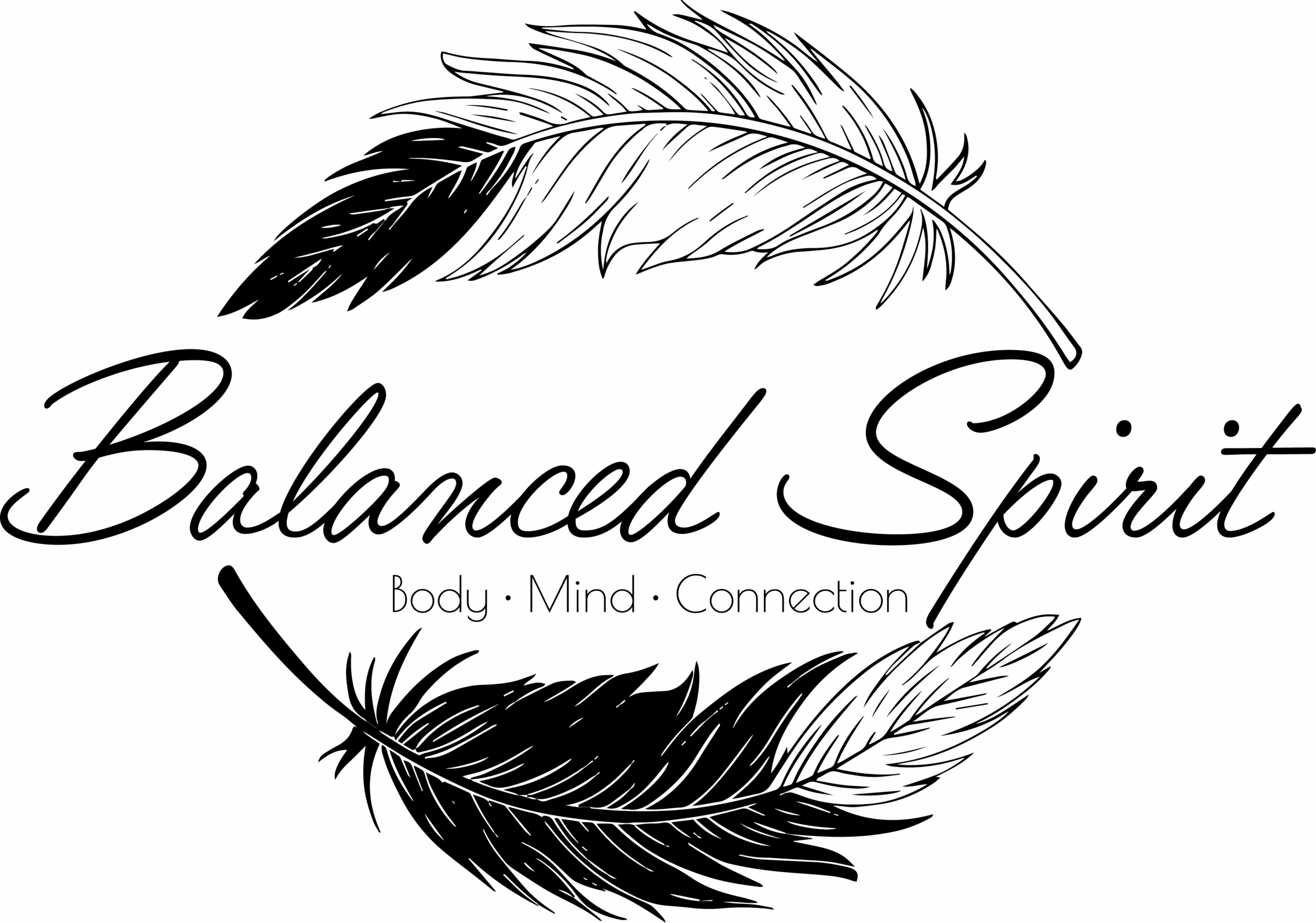Welcome to the soothing world of Reiki!
This alternative healing practice focuses on balancing the body’s energy, helping you feel relaxed and rejuvenated. Reiki is an ancient Japanese technique often referred to as “energy therapy.” It’s known for its ability to relieve stress and encourage overall well-being. Whether you’re new to the concept or familiar with its reputation, your first Reiki session is bound to be an enlightening experience. So, what can you expect? Let’s dive in and find out!
Understanding Reiki
Reiki is a fascinating form of energy therapy rooted in ancient Japanese healing traditions. It’s adored for its gentle approach to balancing energy and promoting well-being.
Origins and Principles
Reiki began in early 20th-century Japan, thanks to its founder, Mikao Usui. Usui developed Reiki around the belief that by channeling energy through the hands, one can promote natural healing and balance in the body. The principles of Reiki encourage peace, kindness, and mindfulness: Just for today, do not anger. Just for today, do not worry. Be grateful. Work diligently. Be kind to others.
How it Works: Channeling Energy
Reiki practitioners are trained to channel energy through their hands to the recipient’s body. Think of it like a gentle, energetic massage. By placing their hands lightly on or above your body, they help clear energy blocks, allowing for relaxation and overall harmony. Sessions usually occur in a serene setting, with soft music to enhance the experience.
Benefits of Reiki Healing
The benefits of Reiki are numerous. Many people report feeling deeply relaxed and refreshed after a session. It’s believed to reduce stress, ease tension, and improve mental clarity. Some recipients also experience less pain, improved sleep quality, and an enhanced sense of well-being. Over time, these sessions can support emotional healing and foster personal growth.
Preparing for Your First Reiki Session
Embarking on your first Reiki journey can be exciting—and perhaps a little mysterious. A few steps can ensure you make the most out of your experience.
Selecting a Qualified Practitioner
When choosing a Reiki practitioner, do a bit of research to find someone well-qualified and with whom you feel comfortable. Check their credentials, and don’t hesitate to read reviews or ask about their experience and training. A good rapport sets a positive foundation for healing to take place.
Setting Intentions for Healing
Before your session, take a moment to consider what you hope to gain. Whether it’s reducing stress, finding emotional balance, or simply unwinding, having a clear intention helps focus the energy work. Communicate your goals with your practitioner so they can tailor the session to your needs.
What to Wear and Bring
Comfort is key—opt for loose, comfortable clothing to help relax during your session. It’s usually fine to keep your shoes on but consider bringing a pair of socks if the room is chilly. You might also bring a journal to jot down any thoughts or feelings that arise afterward. Remember, your Reiki session is all about you, so come prepared to embrace this healing journey with an open heart and mind!
What Happens During a Reiki Session
The Environment: Creating a Relaxing Atmosphere
Walking into your first Reiki session is like stepping into a serene oasis. Most Reiki spaces aim to be warm and inviting. Think dim lighting, soft music, maybe a gentle scent from essential oils wafting through the air. The goal is to make you feel at ease right away. You’re encouraged to wear comfortable clothing, which allows you to fully relax and soak in the healing vibes.
The Role of the Practitioner and Client
The Reiki practitioner is your guide in this healing journey. Trained in channeling energy, they are there to help balance your body’s energy flow. During your session, the practitioner’s role is to create a safe and positive space for healing. As a client, your primary role is to simply be open to the experience. You’re encouraged to communicate any comfort needs or sensations you feel during the session.
Typical Session Flow and Techniques Used
A typical Reiki session begins with a brief conversation between you and the practitioner. They might ask about any specific areas of concern you have or what you hope to gain from Reiki. You’re then invited to lie down on a massage table, fully clothed. The practitioner may lightly place their hands on or slightly above different areas of your body, using a series of hand positions to guide the energy flow. Some sessions may also incorporate crystal healing or gentle mantras to enhance the experience. The session usually lasts between 45 to 60 minutes.
After Your Reiki Session
Once your Reiki session wraps up, you may feel a variety of sensations—some feel energized, while others feel a deep sense of calm. It’s a good idea to take it easy for the rest of the day, allowing your body and mind to process the energy work. You might experience increased emotional awareness or find clarity in thoughts that were previously muddled. Remember to stay hydrated and reflect on any shifts you notice in the coming days. Each session is unique, so embrace whatever it brings and consider jotting down your experiences in a journal for future reflection.
Embracing Reiki as a Path to Well-being
Reiki offers a gentle yet powerful way to enhance your overall well-being. By releasing negative energy and promoting balance, it supports physical healing while nourishing your mind and spirit. As you step into this journey, keep an open heart and mind, and you may find yourself reaping benefits such as:
– Reduced stress and anxiety
– Increased relaxation
– Better emotional clarity
Even if you’re just starting out, remember that each session is a step toward a healthier, more balanced life. So, embrace the experience and welcome the healing energies of Reiki into your world. You might just discover a new layer of peace you didn’t know was missing.
(written by Alicia DePeal, LMT)



